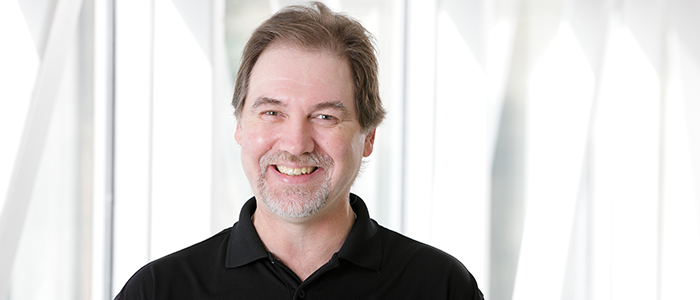Cultivating creativity and inspiration in research

Inspiration and creativity may be two distinct things, but both are cornerstones of the research process.
While these likely aren’t essential for research to occur, creativity and inspiration go a long way toward increasing research impact, and can also make the work more enjoyable for the researcher throughout the process. Creative research has been known to end up in the top journals and underlies the greatest advances.
Inspiration is something that builds up within us. It is something we can feel, and it certainly can motivate us to do great things. Inspiration can help us perform the tasks we must, and contributes to building a purpose for those tasks.
Conducting research and preparing an excellent thesis are challenging to take on, and I would argue that they can become difficult to pursue if we are not inspired to do so. Thankfully, inspiration for our research is always close by.
Many of us find inspiration from the people we know and respect, the situations and experiences we encounter, and those we witness others go through. Perhaps one of your family members or friends suffer from the disorder or disease that your research aims to alleviate. Or maybe you’ve recently seen a researcher give a great presentation about their work that makes you want to move forward with your own. I know that seeing people interested in what I do and seeing the importance of my research are two things that inspire me.
Creativity is completely different than inspiration. I believe every one of us is creative, but in our own way. It is up to each of us to determine how we are creative, and what can inspire us to build on that creativity.
Creativity is also not constant — it cannot be forced, but it can be fostered. One thing that I believe helps foster creativity is the knowledge gained from being on top of what is happening in each field and by networking with the most knowledgeable people in each field.
It also takes time to foster creativity. Every now and then a great idea will pop into my head, and it usually happens when I’m not even thinking about the topic it pertains to. It can happen on the golf course, at the Grad Club, while I am sleeping, or even just while I am taking part in my day-to-day routine. These creative ideas usually come days or weeks after I have been reading a number of important new publications or have heard a great seminar. Once I let everything I have absorbed take shape, a picture will form.
Inspiration and creativity can be unpredictable, but below are a few ways you can help get the process started.
- Stay on top of the literature in your field — make it a habit to read one or two key papers per week.
- Push yourself outside of your comfort zone at conferences and meetings — talk to people you don’t know and go to inspiring talks in your field.
- Be patient and give yourself time to process everything you are learning — you can’t force it.
- Track down sources of inspiration for your work — it will not only make your work feel more meaningful, but it will also increase the potential for new ideas to blossom.
- Dedicate time to being creative — creativity won’t happen unless you work on it and make it a priority in your life.
I hope these thoughts resonate with you and help you cultivate inspiration and creativity in your research, and possibly even other parts of your life. While you work in the lab and attend conferences throughout the summer months, try to keep these suggestions in mind — they may even lead you to a novel idea that could make all the difference in the world of research.
As this is the last issue of Current Affairs until September, I want to thank each of you for taking the time to read these messages every month. I also want to thank those of you who have submitted ideas for topics, and I encourage more of you to do so moving forward.
Have a safe and productive summer.
Andrew J. Watson, PhD
Associate Dean, Graduate and Postdoctoral Studies








